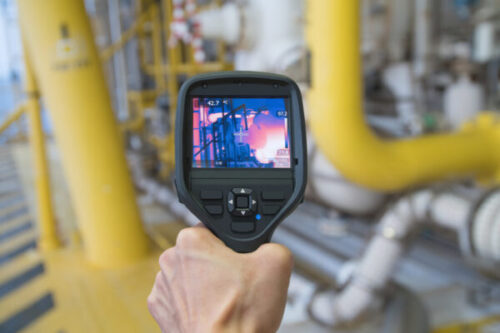Getting The Roar Solutions To Work
Getting The Roar Solutions To Work
Blog Article
Everything about Roar Solutions
Table of ContentsThe smart Trick of Roar Solutions That Nobody is DiscussingSome Known Incorrect Statements About Roar Solutions Roar Solutions Things To Know Before You Buy
In order to secure installations from a prospective surge a method of analysing and identifying a potentially harmful location is required. The purpose of this is to ensure the correct option and installation of equipment to eventually stop an explosion and to make sure security of life.
(https://www.slideshare.net/thomascarrillo4740)
No devices ought to be set up where the surface temperature of the tools is higher than the ignition temperature of the provided risk. Below are some typical dirt hazardous and their minimum ignition temperature level. Coal Dirt 380C 225C Polythene 420C (melts) Methyl Cellulose 420C 320C Starch 460C 435C Flour 490C 340C Sugar 490C 460C Grain Dust 510C 300C Phenolic Resin 530C > 450C Aluminium 590C > 450C PVC 700C > 450C Residue 810C 570C The likelihood of the danger existing in a concentration high sufficient to cause an ignition will differ from area to location.
Dangerous location electrical equipment perhaps developed for use in higher ambient temperatures. Field Repair By Authorised Personnel: Complicated screening may not be needed nevertheless specific procedures may need to be complied with in order for the devices to maintain its third party score. Each piece of tools with a harmful score should be evaluated separately.
Everything about Roar Solutions
The devices register is a detailed data source of tools documents that includes a minimum set of fields to identify each item's location, technical criteria, Ex lover category, age, and ecological information. The proportion of Thorough to Shut examinations will certainly be established by the Tools Risk, which is assessed based on ignition risk (the probability of a source of ignition versus the probability of a flammable atmosphere )and the hazardous location category
( Zone 0Area 1, or 2). Carrying out a durable Risk-Based Assessment( RBI )method is vital for making certain conformity and security in handling Electrical Tools in Hazardous Locations( EEHA).
Rumored Buzz on Roar Solutions

In terms of eruptive threat, a hazardous area is an environment in which an explosive atmosphere exists (or might be anticipated to be existing) in amounts that need special safety measures for the building, installation and usage of tools. eeha certificate. In this post we check out the obstacles dealt with in the workplace, the risk control actions, and the called for expertises to work safely
These materials can, in certain problems, form eruptive ambiences and these can have major and tragic repercussions. Many of us are familiar with the fire triangle get rid of any one of the 3 components and the fire can not occur, however what does this mean in the context of hazardous areas?
In the majority of instances, we can do little regarding the degrees of oxygen airborne, but we can have considerable impact on resources of ignition, as an example electrical tools. Hazardous areas are documented on the harmful area classification drawing and are identified on-site by the triangular "EX LOVER" indication. Below, amongst other essential details, areas are divided into three types depending upon the threat, the likelihood and duration that an explosive environment will exist; Zone 0 or 20 is considered the most harmful and Area 2 or 22 is regarded the least.
Report this page